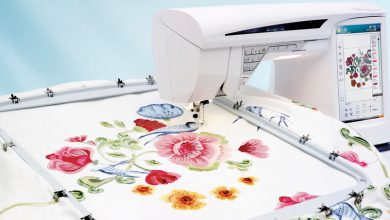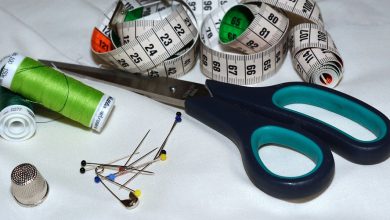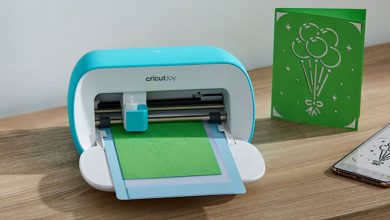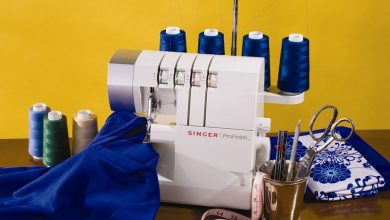Although we all like to assume our sewing machine of choice is well built, this isn’t always the case, For it to call itself heavy-duty, a sewing machine needs to tick certain boxes. Yes, the frame needs to be heavy and made from quality materials but if it doesn’t stop it from vibrating so much you need to take a break every few minutes then your money won’t be well spent.
This is why we have created the following buyer’s guide. We detail the ins and outs of what a heavy-duty sewing machine should be capable of. Because of this, the product you settle on will be a winner.
Metal Frame
This might seem obvious but you’ll be surprised at home many brands use cheap materials to build their products. The better sewing machines will have a heavy metal frame that ensures it reduces vibrations. This will mean it is going to weigh more than some of the other types of the sewing machine but the benefit will be in how long you can use it without needing a break.
Stitches Per Minute
Although this is important, it shouldn’t put you off certain models completely. A lot of people find a machine that can push out 850 stitches per minute gives them enough power. Although there are more significant features for a heavy-duty sewing machine to offer, a professional will need a faster machine to get their projects finished on time.
Adjustable Speed
For a lot of people, this is more important than the stitch output. Being able to control the speed can help you to sew tougher materials will reliable stitches. Also, a beginner will want to be able to take things a little slower as they build up their confidence.
Built-In Stitches
There is a tendency to have to spend more to get more with heavy-duty sewing machines which is something you will find in the number of built-in stitches they offer. Some of the budget options might only have around 50 or below whilst the more advanced models have hundreds.
A technical sewing machine will give you plenty of options including alphanumeric fonts so you can personalize your pieces.
LED Light
A lot of people assume their heavy-duty sewing machine will come with an LED light as standard but this isn’t always the case. Check to make sure the model you like the look of comes with an LED light because it will make sewing dark fabric a lot easier.
Also, check on the quality as some products come with one but it isn’t bright enough to truly help.
Additional Presser Feet
The more presser feet you have included with your machine, the greater the number of projects you can take on. Most of the machines we recommend come with more than a few which means you can use your machine for sewing zippers and buttonholes.
Up/Down Needle
This is important if you are sewing different fabrics together or if you are working with tougher, thicker materials. Being able to move the needle means you can take on a variety of projects and work including quilting.
Warranty
Not every heavy-duty sewing machine is going to come with a long warranty although you should expect any reputable brand to include one as standard. The length can vary between 2 – 25 years and the more you get the better. This is because there are so many moving parts to a sewing machine that they could break without it being your fault.
To protect your purchase (especially if you are spending a lot of money), always look for a product with a lengthy warranty.
Portability
Although you want your heavy-duty sewing machine to be heavy enough to withstand the high speeds without vibrating too much, you will still want the freedom to be able to take it anywhere. A lot of people carry their sewing machines to groups and classes or just take it to friends to help them stitch something.
Extension Table
This isn’t specific to a heavy-duty sewing machine but it is a trait that the better products should offer. Because of the thicker materials, these machines can sew, you never know the size and shape of the fabrics you are going to be working with. An extension table makes it easy for you to use your machine for quilting and makes the process more comfortable.
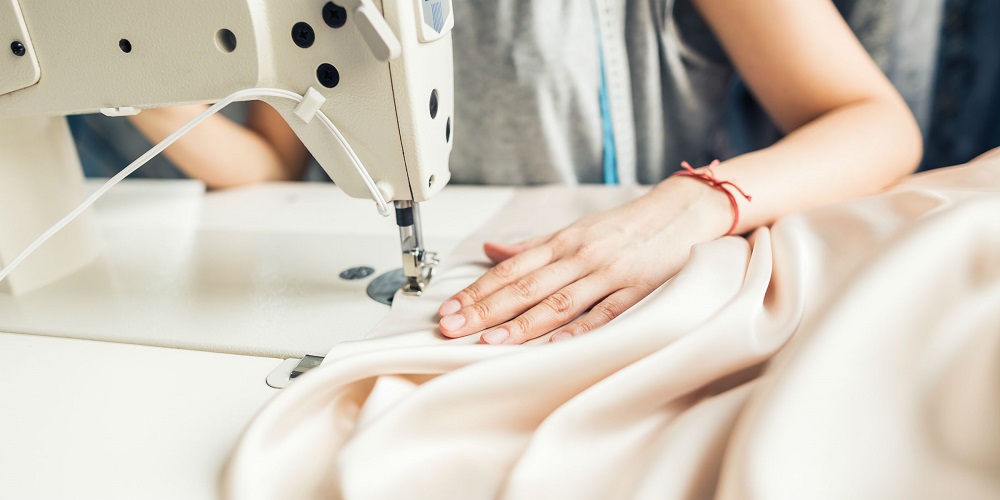
Although a lot of the features remain the same, one of the major differences between the two involves its ability to sew tougher materials.
A regular sewing machine might not be so well suited to the likes of denim or leather which is why a lot of people look for a heavy-duty sewing machine. The parts tend to be stronger and they are capable of holding larger needles that can pierce stronger materials with ease.
The stitches per minute will say a lot about how well it can perform and a professional will need as many as possible so it can keep pace with their ability.
This is a question that many people ask when looking for the right model for their needs. A lot will depend on the type of work you will be putting it through as a heavy-duty sewing machine might not be necessary.
The majority of people who look for a heavy-duty sewing machine are professionals. This is because they need a reliable machine that is fine for constant use. The heavy-duty sewing machines also tend to have more features than basic models, so a professional can switch between settings to take on different types of work.
This depends on your needs.
A professional will find that a basic heavy-duty sewing machine can be too limited in what it is capable of and will need to look for something with more features, stitches per minute, and built-in stitches to name a few. This can cost around $500 for a premium model but the amount of options you get is impressive for this kind of budget.
Anyone who needs a sewing machine that does more than the basics can usually find something for around $250 – 300 to fit their needs. Finally, a beginner can find a quality heavy-duty sewing machine for under $200 that will last a long time. You might have to settle for only a handful of built-in stitches but should end up with a reliable product if you get it right.
Proper maintenance for a heavy-duty sewing machine is no different from what you should expect to have to do with a regular machine. It is best to make sure you keep it in the soft or hard case when in storage so it does not collect in the small spaces. Over time, dust can really impact the permanence.
Also, give it a proper clean every now and then and remember to oil it regularly. Although a lot of people tend to forget, take it for a service with a professional once a year to prolong its lifespan.
Even a heavy-duty sewing machine cannot eliminate vibrations. However, they are known for having a sturdy metal interior that reduced vibrations compared to standard models.
You can always put a felt mat underneath to stop it from moving on the table so much or reduce the speed if necessary.

